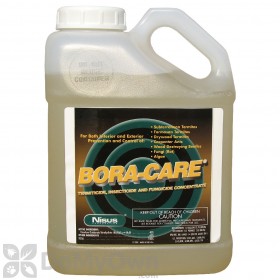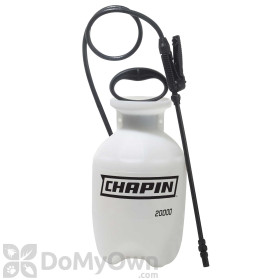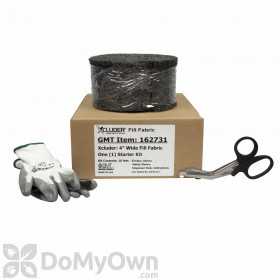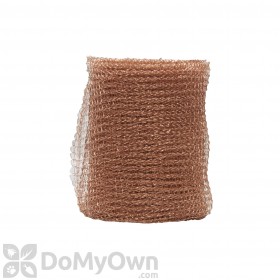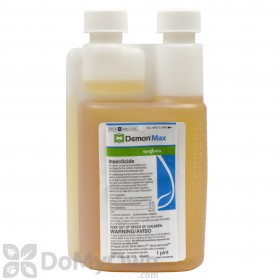
Drywood termites are unique as they do not need to touch soil in order to infest furniture, homes, or other structures. Instead, they can fly inside from outlying areas, finding a small hole or crevice to enter the structure.
Luckily, drywood termite colonies typically only infest small areas at a time. Getting rid of drywood termites is usually less costly than treating for subterranean termites when caught early.
Read below for our advice on how to prevent a drywood termite infestation in your home. Not sure if you have drywood or subterranean termites? Read our guide on what termites look like to figure out which type you may have seen.
Learn If You Are Vulnerable to Drywood Termites

Drywood termite infestations are most prevalent in the southern coastal areas of the United States.
If you live in the southern United States, keep in mind that a drywood termite infestation is possible. Keep all or most wooden elements on the exterior of your home coated with paint that is not peeling or cracked. Be sure to fill any cracks, crevices, or holes prior to painting to prevent paint from peeling or pitting, which creates unprotected areas for termites to fly in.
If you have unstained or unpainted wood outside of your home, consider treating with Bora-Care. Read our guide on how to get rid of drywood termites to learn how to apply Bora-Care. Allow to dry for at least 72 hours before painting, staining, or sealing the wood. Wood must be painted, stained, or sealed after treating with Bora-Care to keep the wood protected and prevent the borate particles from leaving the wood.
Products needed for Step 1
Prevent a Termite Infestation with General Sanitation Tips
Drywood termites are extremely opportunistic and can find creative ways to invade your home. By following a few general outdoor sanitation tips, you can help keep termites away from your home or structure.
- Trim all shrubs, bushes, and other dense greenery so that they do not touch the side of your home or structure.
- Do not leave firewood near your home as it is a magnet for termites. If you do keep firewood outside your structure during the winter, keep it raised off the ground and protected from water if possible.
- Remove all lumber, tree stumps, and other kinds of loose wood from the perimeter of your home.
- Seal as many cracks, crevices, and holes in your structure as possible as they may provide an access point for termites to enter.
Products needed for Step 2
Treat with Insecticide

It is a smart idea to treat the exterior of your home either monthly or quarterly with a general insecticide. This will create a barrier around the outside of your home or structure, preventing drywood termites from entering the home.
Pay special attention to areas that are most susceptible to insects, including around door and window frames and around garage doors. Refer to our general pest control guide to learn where and how to apply an insecticide barrier around your home.




